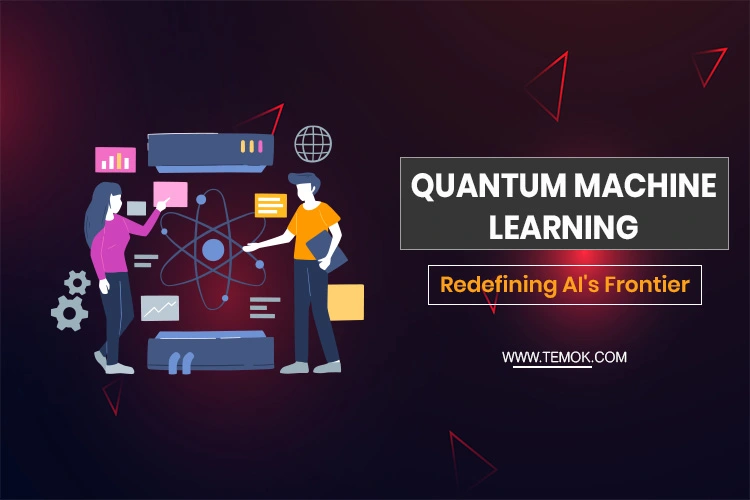
In the steadily developing scene of innovation, two progressive fields are joining to make uncommon potential outcomes: quantum processing and AI. This combination, known as Quantum AI (QML), is ready to reclassify the capacities of man-made consciousness, offering answers for complex issues that are presently past the scope of traditional processing frameworks. QML promises to accelerate data processing and analysis by utilizing quantum mechanics’ principles, paving the way for breakthroughs in material science, pharmaceuticals, finance, and other fields.
Quantum computing is a type of computation in which data operations are directly performed using quantum-mechanical phenomena like superposition and entanglement. Not at all like old style PCs, which use bits as the littlest unit of data (0 or 1), quantum PCs use quantum bits, or qubits, which can address and store data in a huge range of states, because of superposition. This capacity permits quantum PCs to handle complex datasets considerably more effectively than their old style partners.
AI, a subset of man-made brainpower, includes the improvement of calculations that can gain from and pursue expectations or choices in view of information. These calculations work on their exactness over the long run without being expressly modified to do as such. By enabling computers to identify patterns and make decisions with minimal human intervention, machine learning has helped advance numerous fields, such as natural language processing, computer vision, and predictive analytics.
The Smartest possible scenario
Quantum AI addresses an earth shattering union of quantum registering’s handling power with AI’s versatile calculations. For tasks that take a lot of time on traditional machines, like training complex neural networks or solving optimization problems, this combination has the potential to significantly cut down on the amount of time needed for computation.
Algorithms One of QML’s most promising features is its capacity to accelerate specific machine learning algorithms. Quantum calculations, for example, can perform direct polynomial math activities (essential to many AI errands) dramatically quicker than traditional calculations. This ability could decisively accelerate the preparation of AI models, especially profound learning models that require broad computational assets.
Quantum PCs can dissect and process immense datasets significantly more effectively than traditional PCs. In the domain of large information, where the volume, speed, and assortment of information surpass the handling limit of ordinary frameworks, QML could open new experiences and examples that were already imperceptible.
QML is particularly appropriate for issues including complex examples or high-layered spaces, which are trying for old style AI techniques. For instance, quantum-improved highlight spaces can plan traditional information into a quantum state space, possibly uncovering new connections and elements that old style calculations couldn’t reveal.
Notwithstanding its true capacity, QML is still in its early stages, with critical difficulties to survive. Quantum PCs themselves are as of now restricted by issues, for example, blunder rates, qubit cognizance times, and adaptability. Besides, creating quantum calculations that beat their old style partners requires a profound comprehension of both quantum physical science and AI standards.
As innovative work in quantum processing and AI keep on propelling, the possibilities for QML become progressively encouraging. New quantum algorithms, machine learning models, and innovations in quantum hardware are paving the way for this exciting field. QML has the potential to become a key driver of scientific and technological advancements in the coming years, providing solutions to some of the most pressing and difficult issues of our time.
Quantum machine learning combines the adaptive intelligence of machine learning with the unparalleled processing power of quantum computing at the intersection of two technological revolutions. QML is expected to open up new paradigms in data analysis, problem-solving, and artificial intelligence as researchers continue to investigate this emerging field. The excursion toward completely understanding its true capacity is loaded with difficulties, yet the prizes vow to be groundbreaking, proclaiming another time of computational insight and advancement.